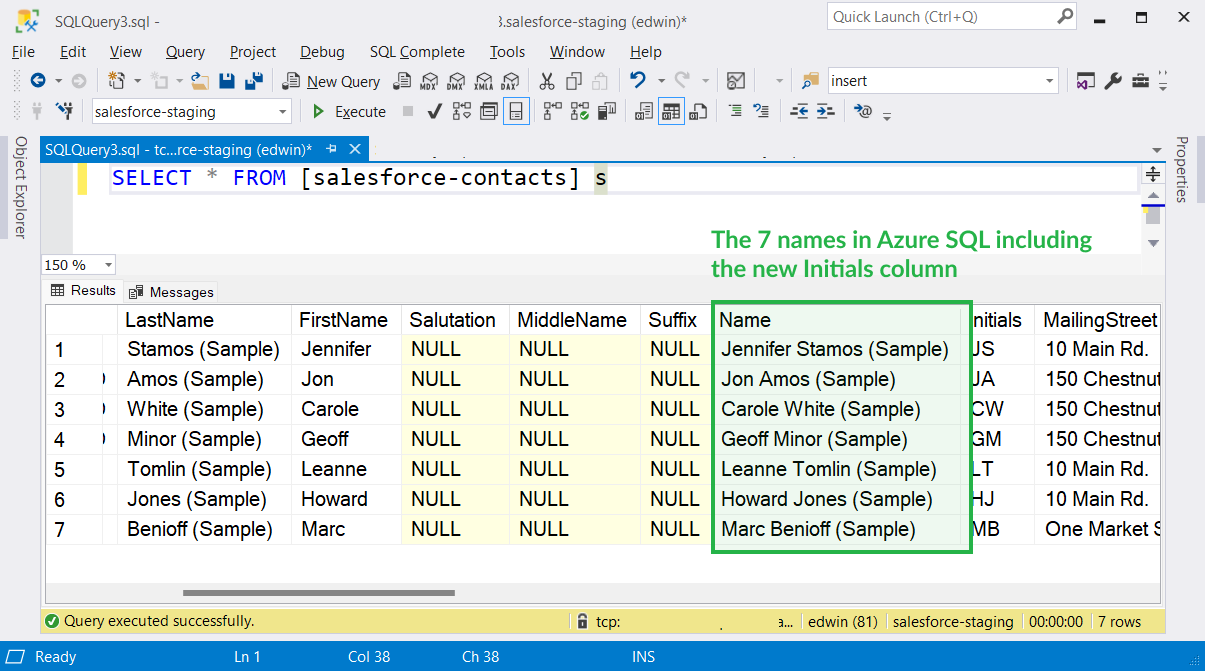Audit tables serve as vital components in the landscape of ETL (Extract, Transform, Load) batch processing. These tables can be envisioned as detailed historical records that chronicle the ebb and flow of data within a data warehouse or database system. Their importance cannot be overstated; they provide insights and assurances regarding data integrity, error tracing, and compliance. Understanding audit table typology is essential for organizations that aim to maintain robust data governance and glean valuable insights from their data architecture.
At its core, an audit table is designed to log transactions that modify data within a primary table. The typology of these tables varies significantly, encompassing multiple dimensions that are crucial for effective data management. To appreciate their full potential, one must first unpack the types of audit tables and their respective functionalities.
1. Basic Audit Tables
These tables serve the fundamental purpose of recording changes made to the primary data table. They may include columns such as the primary key, timestamp, operation type (insert, update, delete), and the user making the change. Basic audit tables are typically employed when there is a need to track data modifications without delving deeper into additional complexities.
For instance, in a sales transaction database, a basic audit table might log every time a sale is processed and reflect the timestamp and user associated with each transaction. This log is indispensable for businesses aiming for accountability and traceability in their operations.
2. Detailed Audit Tables
Unlike basic audit tables, detailed audit tables offer a more granular approach to logging changes. They capture the before-and-after states of a record, detailing precisely what has shifted during data modifications. This typology is paramount for auditing purposes or for organizations that require traceability on an exceptional scale.
Imagine a hospital management system where patient records are frequently updated. A detailed audit table would not only note the fact that a record was changed but also display the specific changes made, ensuring that practitioners can review historical patient data with confidence.
3. Temporal Audit Tables
Temporal audit tables represent a sophisticated approach, holding a wealth of information over time. These tables effectively track not just the current state of the data but also its historical states. By employing valid-time and transaction-time dimensions, temporal audit tables allow organizations to view data as it existed at specific moments. This capability proves invaluable for rectifying inaccuracies and understanding data evolution.
For instance, consider a financial institution that must maintain records of loan applications. A temporal audit table would allow the institution to access the loan’s status at any point in its lifecycle, facilitating compliance checks and offering insights into historical loan patterns.
4. Composite Audit Tables
Composite audit tables amalgamate functionalities from both basic and detailed models. They provide a summary of changes while also logging critical changes in intricacy where necessary. This type of audit table is particularly beneficial for organizations keen on balancing performance and comprehensiveness, especially when managing large datasets that would otherwise result in performance bottlenecks if detailed logs were maintained for every transaction.
For example, an e-commerce platform could utilize composite audit tables to log high-level changes to inventory levels while also retaining detailed transaction records for specific items during peak seasons. This multi-faceted approach allows for maintaining a rapid response while ensuring that comprehensive records are still preserved when needed.
5. Event-based Audit Tables
In addition to traditional data modifications, event-based audit tables offer features designed to log specific transactions or occurrences that demand attention. These tables are crucial for scenarios characterized by unique events that have implications for data integrity or compliance regulations.
A prime example could be seen in a cybersecurity context, where particular events such as unauthorized access attempts or significant changes to user permissions are logged. Such an audit table would serve as a temporary repository of sorts, focusing on unusual activity that diverges from typical transaction logs. By monitoring these events, organizations can enhance their security protocols and immediate response strategies.
6. Performance Considerations
As organizations integrate audit tables into their ETL batch processing, they must also contemplate performance implications. The introduction of an audit mechanism can impact the efficiency of data processing pipelines, potentially leading to slower load times and higher I/O demands. Consequently, it becomes imperative to architect audit tables intelligently, employing indexing strategies and partitioning techniques to mitigate performance overhead.
Furthermore, organizations should periodically clean up or archive audit logs that are no longer necessary while retaining those that are essential for compliance. This regular maintenance ensures that the benefits of audit trail logging do not vitiate operational efficiency.
7. The Broader Implications of Audit Table Typology
Embracing a strategic approach to audit table typology not only bolsters an organization’s data governance framework but also engenders a culture of transparency and accountability. As data landscapes continue to evolve, coupled with growing regulatory pressures regarding data privacy and integrity, understanding how to implement and maintain robust audit tables becomes a defining characteristic of an organization’s data management prowess.
Ultimately, the convergence of audit tables and ETL batch processing marks a significant watershed moment in data management. Moving forward, organizations that harness the power of various typologies within their audit frameworks will emerge as leaders in data integrity, fostering an environment of trust and compliance that is crucial in today’s data-driven marketplace.
